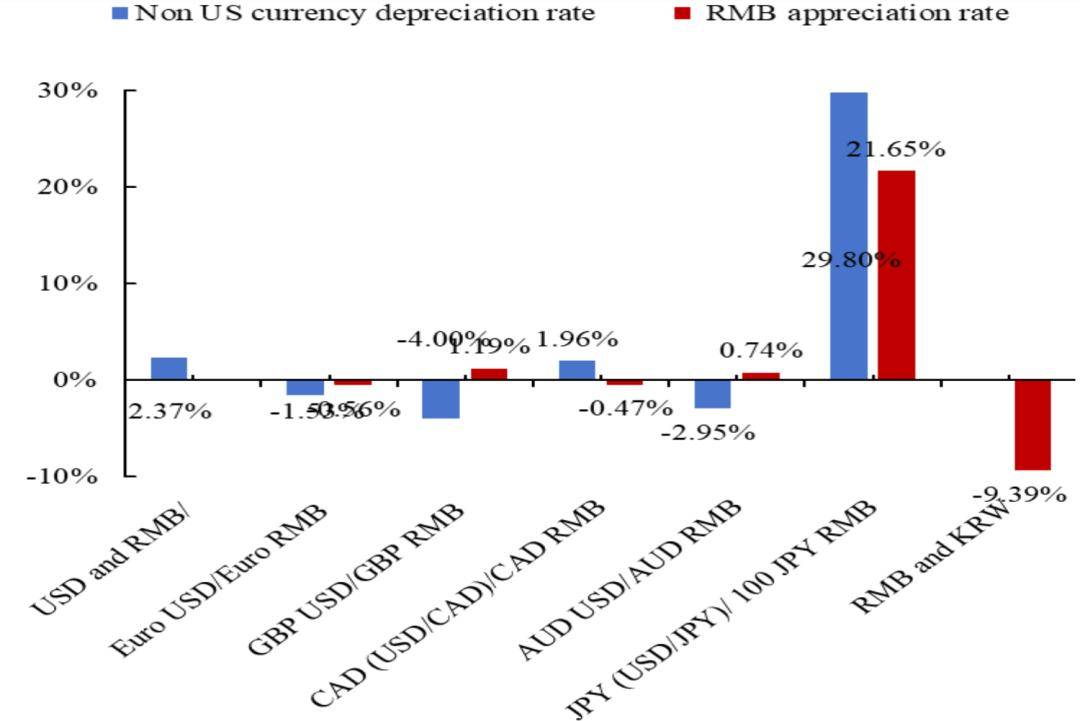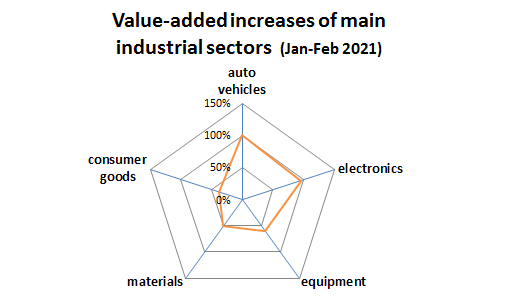### Understanding LTV Loan Meaning: A Comprehensive Guide to Loan-to-Value Ratios
When diving into the world of real estate financing, one term that often surfaces is "LTV loan meaning." This concept is crucial for both borrowers and lend……
When diving into the world of real estate financing, one term that often surfaces is "LTV loan meaning." This concept is crucial for both borrowers and lenders as it directly impacts the terms and conditions of a loan. In this detailed exploration, we will break down the meaning of LTV loans, how they work, and why they matter in the mortgage landscape.
#### What is LTV?
LTV stands for Loan-to-Value ratio, which is a financial term used by lenders to assess the risk of a mortgage loan. It is calculated by dividing the amount of the loan by the appraised value of the property. For example, if you are purchasing a home valued at $200,000 and you plan to borrow $160,000, your LTV ratio would be 80% ($160,000 ÷ $200,000).
#### Why is LTV Important?
Understanding the LTV loan meaning is essential for several reasons. First, it helps lenders determine how much risk they are taking on when issuing a mortgage. A higher LTV ratio indicates that the borrower is financing a larger portion of the property’s value, which can be seen as a higher risk. Conversely, a lower LTV ratio suggests that the borrower has a substantial equity stake in the property, which can make them a more attractive candidate for a loan.
#### How Does LTV Affect Mortgage Rates?
The LTV ratio can significantly influence the interest rates offered by lenders. Generally, borrowers with a lower LTV ratio may qualify for lower interest rates. This is because lenders view them as less risky. On the other hand, higher LTV ratios may result in higher interest rates, as lenders are taking on more risk. Additionally, if your LTV exceeds a certain threshold (often 80%), you may be required to pay for private mortgage insurance (PMI), which adds to your monthly expenses.

#### Types of LTV Ratios
There are different types of LTV ratios that borrowers should be aware of:
1. **Conventional Loans**: These loans typically require an LTV of 80% or lower to avoid PMI.
2. **FHA Loans**: The Federal Housing Administration allows for higher LTV ratios, often up to 96.5%, making it easier for first-time homebuyers to enter the market.
3. **VA Loans**: Veterans Affairs loans can offer 100% financing, which means an LTV of 100% or higher, but they come with specific eligibility requirements.

#### How to Calculate Your LTV Ratio
Calculating your LTV ratio is straightforward. Here’s a simple formula:
1. Determine the loan amount you are seeking.
2. Find the appraised value of the property.
3. Use the formula: LTV = (Loan Amount / Property Value) x 100.

For example, if you want to borrow $250,000 for a home valued at $320,000, your LTV would be approximately 78.125%.
#### Conclusion: The Importance of Knowing LTV Loan Meaning
In conclusion, grasping the LTV loan meaning is vital for anyone looking to secure a mortgage. It not only affects your ability to qualify for a loan but also influences the terms and rates you will receive. By understanding how LTV ratios work, you can make more informed decisions about your financing options and ultimately save money in the long run. Whether you are a first-time homebuyer or a seasoned investor, keeping an eye on your LTV ratio can be a crucial step in your financial journey.